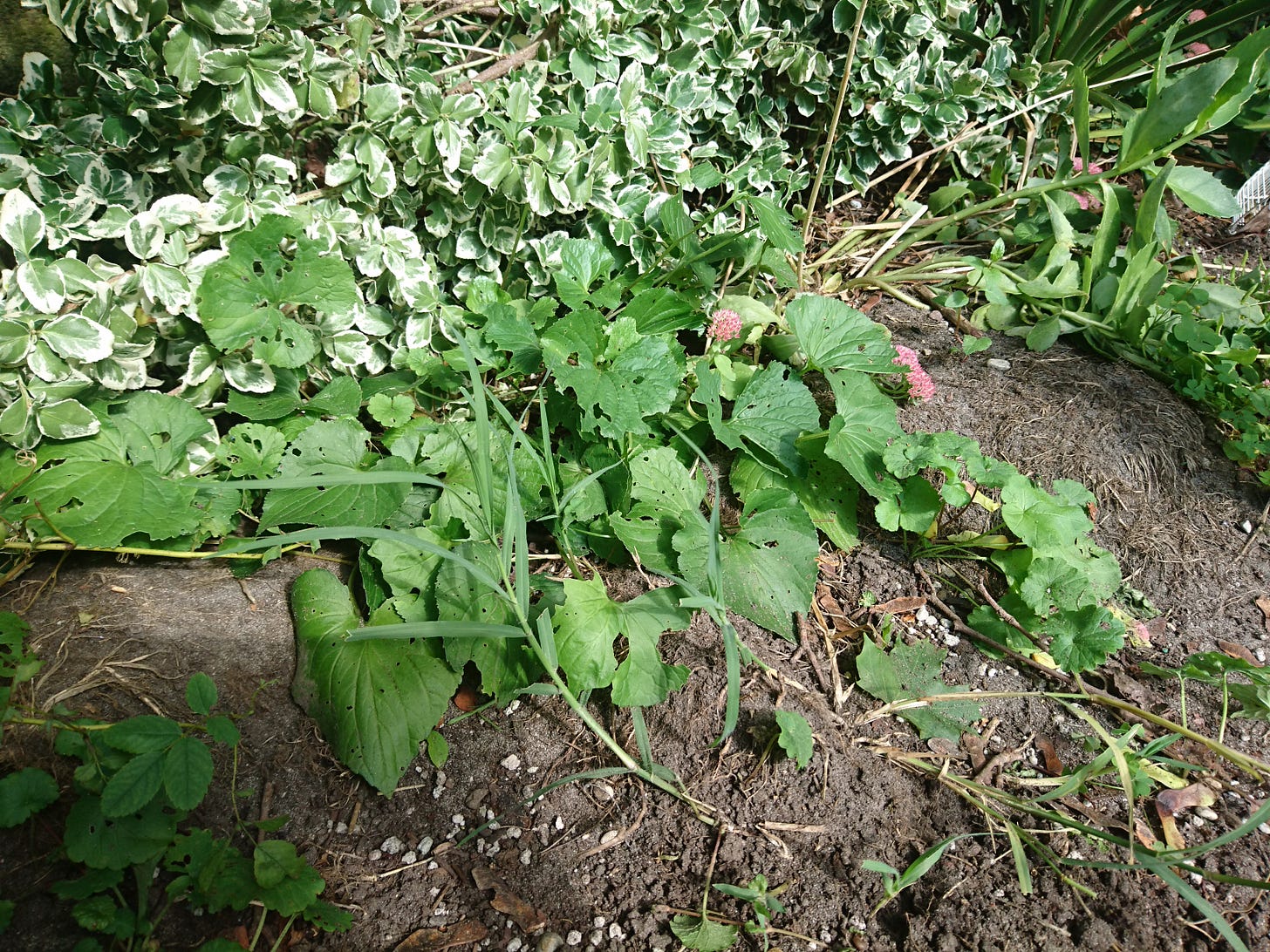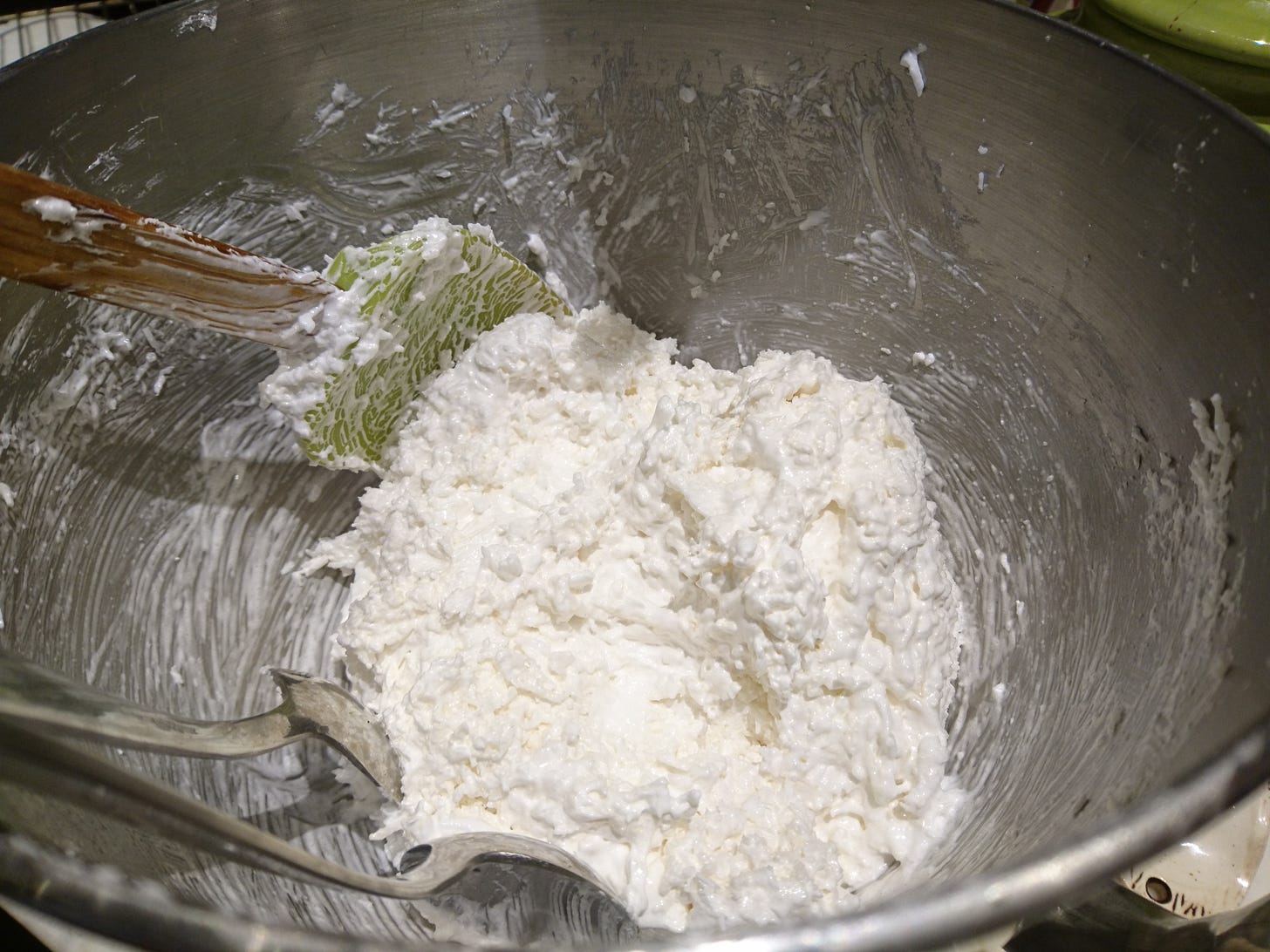Mabon takes place each year on the autumn equinox. It shifts between September 20th and 23rd. This year it was the latter. On the 23rd I was away from home vending my wares at the Komoka Farmer’s Market. It was a good day. The sun was bright. The morning hours started quite chill, and warmed up as the day passed. It was an auspicious day to start autumn.
Sabbats are a time to reflect on the past 6 weeks, the past eighth of a year, as the ‘wheel of the year’ turns and we find ourselves ‘here’ once again. For the last week or so I have felt autumn’s kisses brushing across the land. Cold nights, warm days. There is a wind that sweeps across the land occasionally, shaking trees and penetrating the knit stitches of my aran sweater. The fact that I wore a sweater on those chilly mornings is itself a herald of autumn.

The plants have noticed the change in light. Daylight hours are waning. With day and night being of equal lengths, winter is approaching. It is time to place any plants that must overwinter in the ground, dilligently harvest the remaining vegetableLeaves are beginning to drop from their trees, even if the tree itself has opted to not changed colour. Not just yet. It is still green here, but once a couple of weeks have passed the land will become a riot of orange hues.

I spent time outside observing the plants today. My lavender experiment has taught me something quite important: The Munstead variety is more successful than the Hicote variety of English Lavender, and Lavender plants require a lot of soil.1 Preferrably, it wants to be planted in the ground. I hunted down vines of Creeping Charlie while singing Creep by Radiohead. Their roots can go about 6’ deep, so using a shovel to loosen the soil adjacent to the large root helps permanently remove Creeping Charlie’s prime source of nutrients. Speaking of roots, I unearthed my atomic red carrots. They grew pretty well. In the spring I was shocked when the instructions said to plant them in 50cm rows and to thin them to be 9cm apart. It seemed like… a lot of space for carrots. I planted them in 50cm spaced rows, but never thinned them out. The carrots are a little bunched together, and they aren’t red. I supposethe colour has to do with nutrients in the soil.
I couldn’t resist biting into one after I pulled it from the soil. They taste fragrant, but a little astringent closer to the stalks. The colour on the outside is a deep orange instead of the bright red described on the package. The description of atomic for the advertised saturated, brilliant red is accurate. The orange doesn’t penetrate into the centre of the carrot, the hue pales as it reaches the the core of the carrot. I don’t believe that this is a normal carrot colour gradation, except perhaps on purple carrots.

The garden has transformed between Lughnasadh and Mabon. The late summer flowers have disappeared. Mints have continued to bloom, providing the few flowers that remain in my back yard for bees to use and gather nectar. Black Eyed Susan and other late flowers exist in the surrounding gardens. It causes the bees to travel far afield. I hope that their summer provided enough nectar to have bountiful stash of honey; enough to thrive overwinter.
This time of year is called the second harvest, but I interpret it as the end of the second harvest and start of the third. I’m surprised that the peaches and nectarines were available for this long. All of the stalls at the farmer’s market are now saying that they do not know if their peaches or nectarines or plums will be available next week. Those delicious stonefruits will soon be gone. In their place are all of the wonderful squashes, corn, and a second set of rhubarb and spinach. The animal harvest is also upon us, where we thank precious souls who we have tended to over the year for their lives and nutrients. Traditionally, we use every part of the animal. We give them a swift and clean death to respect the life that they give us to survive the winter.
Nummite is observing the change, too. The weather is cool enough for her to be outside during more of the day. Her mornings and early afternoons are a constant demand of in-out-in-out. Late afternoons are still for sleeping in a black ball. Most of which I try to dissuade, but she’s learning to ask so politely. She sits at the back door with her harness on, staring at the seam between the door and wall. Nummite gives an audible meow, eyeing me with her glowing pale green irises. If I ignore her, then she will extend a paw and press it against the door. She is becoming so proficient at communicating and I am so pleased. Nummite is so cute.

Every year for the past two years I tell myself that I will study the live flowers to improve my brushwork. I have gotten outside a few times, and made some satisfying painting of the flora in my backyard. I also don’t do it enough, and barely did it this year. There is a beautiful bush with ruffled flowers in the back of the yard, called a dark pink double Rose of Sharon.2 I have observed it’s tickled pink flowers and thought that it was georgeous.
I prefer to paint from real life. I think differently about a plant as I study it. I have to learn how the leaves are shaped, and how they space themselves out as they grow. Where they choose to sprout flowers and how they tilt towards the sun. How does the stem bend after a flower blooms? How to bees throw themselves onto the stamen to seek their nectar? More practically, tilting your head or adjusting your position slightly changes the composition in subtle yet crucial ways. It can change the subject from an unrecognizable blob into a lovely portrait. Working from a live model also keeps me away from screens for a bit, which is good for my eyes and my mind.
While I am not pleased by my insignificant progress improving my brushwork, I am pleased with my baking. This week I finally succumed to my desire to make custard. I simmered leftover vanilla seeds from my vanilla extract in the whipping cream to pull out the beautiful vanilla flavour. During my last endeavour, I had made a pile of tiny custards in cupcake pans. I filled silicone cupcake cups with the custard and placed fresh raspberries in them. I topped it with genuine whipped cream. I would highly advise this for anyone making custard in the future. This week I traversed through my Granny’s encyclopedia of Better Home & Garden cookbooks from 1973 to learn about custard and custard theory. Apparently you can put all of the material into one bigger pan, and cook it for 1 & 1/4 hours. The book also detailed how to tell if it is overcooked. Once I figured out that a knife goes straight in and out, like a sword in the stone, I learned that I had cooked my custard perfectly.

A larger pan is much easier to deal with. There is less chance of spilling custard onto the cupcake pan. The pan and water bath fits inside of the toaster oven. I used an enamel pan so that I did not need to worry about alumimum leeching or lining the pan. The vanilla seeds settled into the bottom, leaving each scoop ‘topped’ with tiny black seeds. It tastes rich, creamy, and full of vanilla flavour. When I eat it I feel like a cat who has gotten into the cream.

Custard or Crème Brûlée is a dish that my Granny used to love making.3 I was about 7 and was watching telletubbies at the time, so I thought that custard was a gross food. I have never tasted her crème brûlée, but I have her recipies, her cookbooks, and the will to bake. I hope that my baking will taste as good as hers one day.
What have you been intending to do over the last year? Were goals met, partially achieved? Which goals will be set before next Mabon?
https://www.bhg.com/gardening/flowers/perennials/gardeners-guide-to-lavender/
https://www.plantingtree.com/products/double-pink-rose-of-sharon-tree
https://www.bhg.com/recipe/pudding/baked-raspberry-custards/ Add more vanilla



